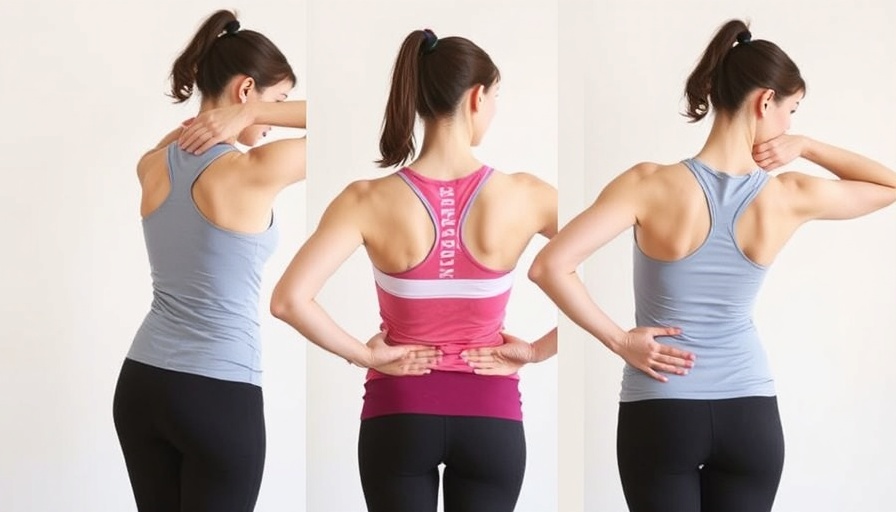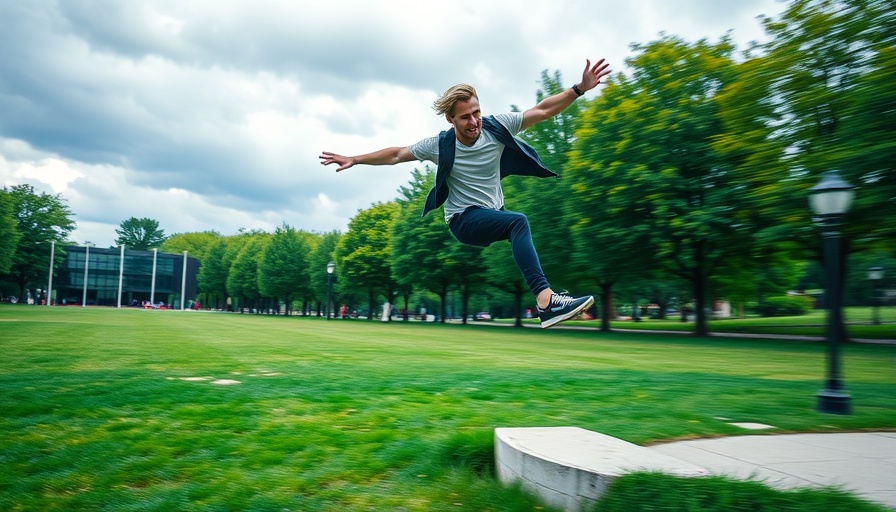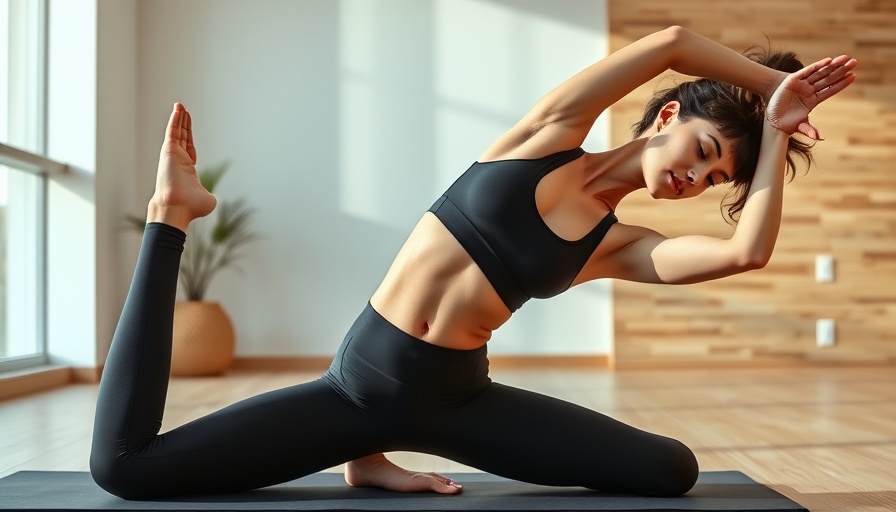
The Power of Dead Hanging: An Essential Stretch for Your Spine
In today's fast-paced world, where stress and sedentary lifestyles are common, it's essential to prioritize our physical well-being, especially our shoulders and spinal joints. One surprisingly effective method is an ancient technique known as dead hanging. This simple exercise allows you to de-stress while enhancing spinal mobility and shoulder flexibility, all without intricate equipment or complicated movements.
Understanding Dead Hanging: What is it?
Dead hanging involves suspending your body from a horizontal bar, merely relying on your grip to hold yourself up. Picture a relaxed, carefree state where your muscles can release tension, and your joints find relief. By gently twisting your torso from side to side while hanging, you activate various muscle groups, promoting a deeper stretch through your shoulders and spine.
How to Perform Dead Hanging: A Step-by-Step Guide
Starting with dead hanging is easier than you might think. Follow these steps:
- Find a Suitable Bar: Locate a sturdy bar high enough to allow your feet to elevate. If you're just starting, you can keep your feet on the ground for support.
- Grip and Hang: Grab the bar with your palms facing away from you. Let your body relax, allowing your shoulders to drop away from your ears.
- Incorporate Twists: While hanging, gently twist your torso from side to side. Feel the stretch in your shoulders and back. If it's too strenuous, return to a neutral position and gradually build up your endurance.
- Challenge Yourself: As you progress, try hanging with one arm. This variation tests your grip strength and enhances stability in your shoulders.
Why It Matters: The Broader Implications of Shoulder Health
As sedentary living becomes a norm, shoulder injuries and spinal issues are on the rise. Integrating stretches like dead hanging into our daily routines not only promotes flexibility but also combats the adverse effects of a desk-bound lifestyle. Regular stretching can lead to improved posture, increased range of motion, and even better performance in sports and daily activities.
Real-Life Application: How Dead Hanging Can Transform Your Daily Routine
For athletes and fitness enthusiasts, dead hanging is not just a passive exercise; it’s a vital part of a well-rounded training program. Engaging in dead hangs can enhance grip strength and shoulder stability—both crucial for sports such as climbing and weightlifting. Furthermore, regular practice can reduce the chances of injuries by increasing flexibility around the shoulder joints.
Staying Ahead: What the Future Holds for Shoulder and Spinal Health
As our understanding of body mechanics evolves, so does our approach to health and wellness. The embrace of functional fitness, where movements mimic those in everyday life, reflects a shift in perception. Dead hanging fits seamlessly into this paradigm, promoting functional strength, which is increasingly recognized as essential for longevity and vitality.
A Call to Action: Improve Your Health with Simple Stretches
With such a straightforward setup, there’s no excuse not to incorporate dead hanging into your routine. Whether you’re a seasoned athlete or a busy professional, dedicating just a few minutes each day can yield substantial health benefits. Embrace the challenge—your shoulders and spine will thank you!
 Add Row
Add Row  Add
Add 




Write A Comment